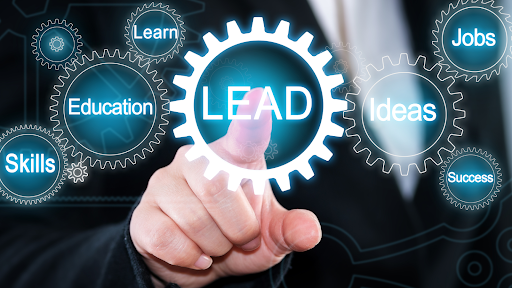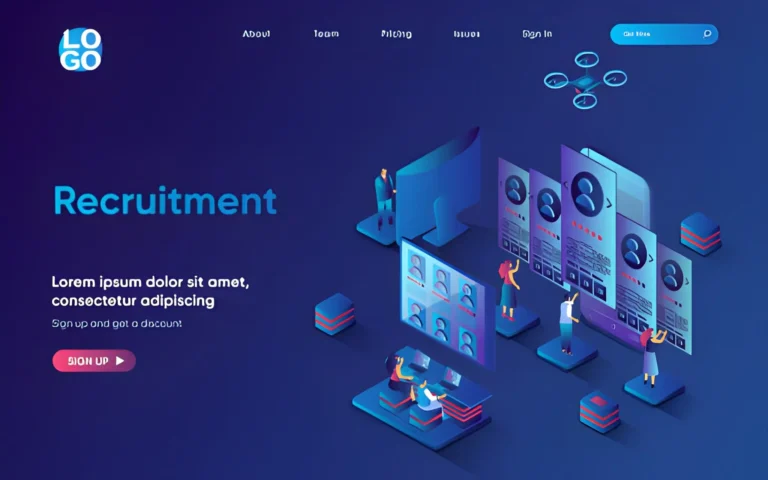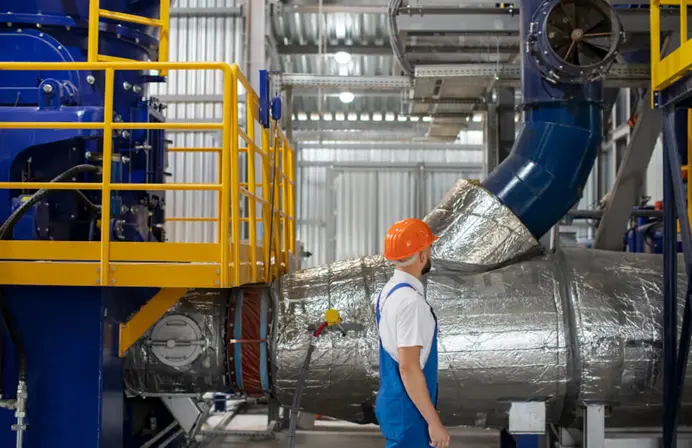The Impact of Personalized Recognition on Employee Motivation

You know those “Employee of the Month” boards collecting dust in office hallways? They’re symbols of an outdated approach to recognition. Today’s employees don’t want cookie-cutter praise, they want to feel seen for their unique contributions. When recognition becomes personal, motivation skyrockets.
Studies show that companies with strong recognition cultures see dramatically lower burnout and higher retention. Why? Because personalized appreciation taps into how our brains are wired, it activates the reward centers that drive engagement and effort.
This isn’t just about being nice; it’s about building a workplace where recognition actually means something and fuels lasting performance.
The Psychology Behind Personalized Recognition and Employee Motivation
Grasping why personalized recognition works is your starting point, now let’s dig into the brain science explaining how tailored appreciation generates such intense motivational reactions.
Neurological Triggers That Drive Motivation
Something magical happens in your brain when someone notices your specific achievement, not just your presence. Dopamine floods your system, creating real satisfaction that bland “kudos to everyone!” messages never produce. The science is fascinating: personalization lights up emotional processing areas, embedding the recognition in your memory.
Recognition that pinpoints what you personally achieved, rather than what the whole team did, registers as genuine validation. Organizations building smarter recognition systems frequently partner with a corporate gifting company that curates individualized rewards, stepping away from generic approaches that employees instantly recognize as hollow.
Quantifiable Benefits of Personalized Recognition Programs
Brain science validates what sharp leaders already sense: personalized recognition radically reshapes employee attitudes toward work. But does this psychological shift produce real business outcomes you can measure?
Employee Engagement and Retention Metrics
Organizations mastering recognition see stunning results. Businesses with strong recognition systems experience 31% lower voluntary turnover rates, creating enormous cost savings. Since replacing someone typically runs 50-200% of their yearly salary, investing in retention through recognition becomes an obvious choice.
The link between appreciation and employee engagement isn’t coincidental—it’s direct causation. When you feel valued as an individual, you invest more in company objectives. You don’t just clock in; you genuinely care about results.
Productivity and Performance Outcomes
Effective recognition doesn’t merely boost feelings—it elevates performance. Teams embedded in strong appreciation cultures consistently outperform groups receiving sporadic or generic recognition. You’ll see differences in quality standards, meeting deadlines, and creative problem-solving.
Here’s the compelling part: productivity improvements build momentum. Motivating employees through tailored appreciation launches a positive feedback loop where appreciated workers appreciate others, creating ripple effects across entire teams.
Modern Recognition Personalization Strategies for Maximum Impact
Since ROI evidence confirms personalized recognition generates significant returns, your crucial question becomes: how do you actually create recognition programs that feel authentically personal?
Data-Driven Employee Preference Mapping
Begin by simply asking your team how they prefer being recognized. Public praise energizes some people; it mortifies others. Building detailed profiles through surveys and genuine conversations prevents the awkwardness of recognizing someone in ways that make them squirm.
Monitor these preferences because they evolve. Someone preferring private recognition early in their career might welcome public acknowledgment after gaining experience. Ongoing conversations keep your methods effective.
Multi-Generational Recognition Approaches
Baby Boomers typically value formal recognition and physical awards. Millennials and Gen Z generally prefer instant, genuine appreciation through digital channels. Gen X usually appreciates both traditional and contemporary methods.
Don’t treat age as destiny, though. Use generational insights as guides, not absolutes. Your objective is understanding people, not pigeonholing demographics.
Implementing a Personalized Recognition Framework
Now that you’ve got advanced personalization strategies, let’s shift from concepts to execution. Here’s how you construct the infrastructure transforming these principles into a flourishing recognition program.
Training Leaders to Deliver Meaningful Recognition
Managers require guidance on observing and acknowledging specific accomplishments. Many default to vague compliments because they haven’t honed the skill of noticing details. Training should emphasize active observation and delivering genuine feedback.
Recognition shouldn’t resemble checking boxes on performance reviews. When leaders naturally spot and celebrate individual wins, the appreciation resonates differently.
Peer-to-Peer Recognition Systems
Manager-driven recognition matters, but the most vibrant programs empower employees to appreciate each other, exponentially multiplying recognition moments. Peer appreciation often feels more real because colleagues witness the daily challenges leadership might overlook.
Digital tools can streamline this by enabling instant recognition. The trick is maintaining authenticity rather than creating another forced workplace obligation.
Measuring the Effectiveness of Your Personalized Recognition Program
Launching innovative recognition approaches feels exciting, but measuring nothing means you’re guessing blindly. Let’s identify the metrics proving your program works.
Key Performance Indicators to Track
Watch your Employee Net Promoter Score (eNPS) shift quarterly. This single measure reveals whether people would recommend your workplace. Recognition programs should steadily push this upward.
Monitor participation in recognition activities and how often appreciation flows both ways. These figures show whether your program truly exists in daily workflow or sits ignored as another abandoned initiative.
Continuous Improvement Through Feedback Loops
Regular pulse surveys focused on recognition effectiveness catch issues before they escalate. Ask directly: Does recognition feel personal? Does it happen enough? Do you feel comfortable recognizing colleagues?
Collecting data isn’t enough, you must act on it. Share findings and changes you’re implementing based on input. This openness builds trust and demonstrates that employee voices influence decisions.
Final Thoughts on Recognition That Works
The data speaks clearly: treating employees as distinct individuals rather than replaceable units transforms workplace culture. Organizations prioritizing personalized recognition don’t just achieve better retention and productivity, they build environments where people genuinely want to contribute their finest work.
Moving from generic appreciation to individualized acknowledgment isn’t rocket science, but it demands intentional commitment and authentic interest in what makes each team member unique. Start small if necessary, but start now, because continuing to treat recognition as an afterthought costs far more than the investment required to do it right.
FAQs on Recognition and Motivation
1. What makes personalized recognition more effective than standard programs?
Personalized recognition addresses individual preferences and particular achievements, triggering stronger emotional responses. Generic programs feel empty because they overlook what makes each person distinct, dramatically reducing their motivational power.
2. How often should employees receive recognition?
Recognition should happen whenever someone does something noteworthy—ideally weekly for steady performers. Waiting for yearly reviews means losing countless opportunities to reinforce behaviors and build motivation through timely appreciation.
3. Can small businesses afford personalized recognition programs?
Personalized recognition doesn’t demand massive budgets. Thoughtful gestures like handwritten notes, public acknowledgment during meetings, or small meaningful gifts reflecting personal interests often matter more than expensive rewards chosen without consideration.
Also Read- Best crypto trading bots: The Most powerful trading robots







